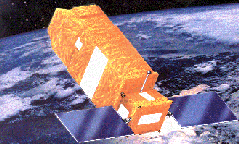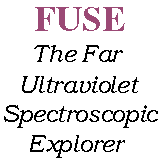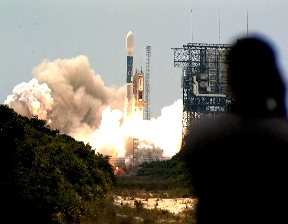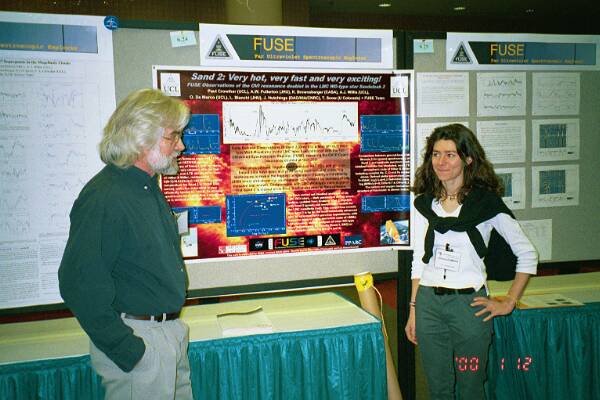 |
 |
 |
 |
\
Far-UV Spectroscopy: An Unexplored Frontier
 |
 |
 |
 |
\
Far-UV Spectroscopy: An Unexplored Frontier
The only UK Science Team involvement is at UCL for the hot star programme. A large sample of OB and WR stars have been selected in Galaxy and Magellanic Clouds, covering all spectral types and luminosity classes (see below). Observations will allow a direct determination of mass-loss versus metallicity through stellar wind resonance lines in the far-UV, necessary for an improved understanding of high redshift primordial galaxies.
 FUSE Homepage (John Hopkins - Baltimore)
FUSE Homepage (John Hopkins - Baltimore)
 Observers guide to FUSE
Observers guide to FUSE
 Introduction to
FUSE
Introduction to
FUSE
 Scientific
benefits of far-UV spectroscopy
Scientific
benefits of far-UV spectroscopy
 Details
of principal FUSE science goals
Details
of principal FUSE science goals
 Introduction to massive stars
Introduction to massive stars
 FUSE
observations of massive stars
FUSE
observations of massive stars
 Importance
for high redshift galaxies
Importance
for high redshift galaxies
 LMC OB targets
(OPTICAL data)
LMC OB targets
(OPTICAL data)
 SMC OB targets
(OPTICAL
data)
SMC OB targets
(OPTICAL
data)
 Wolf-Rayet
stars
Wolf-Rayet
stars

Poster on FUSE observations of Sand 2 a Wolf-Rayet star in the Large Magellanic Cloud presented at the Jan 2000 AAS meeting, plus FUSE Hot Star team colleagues, Derck Massa & Orsola De Marco.
______________________
 Return to Hot-Star Group home page
Return to Hot-Star Group home page